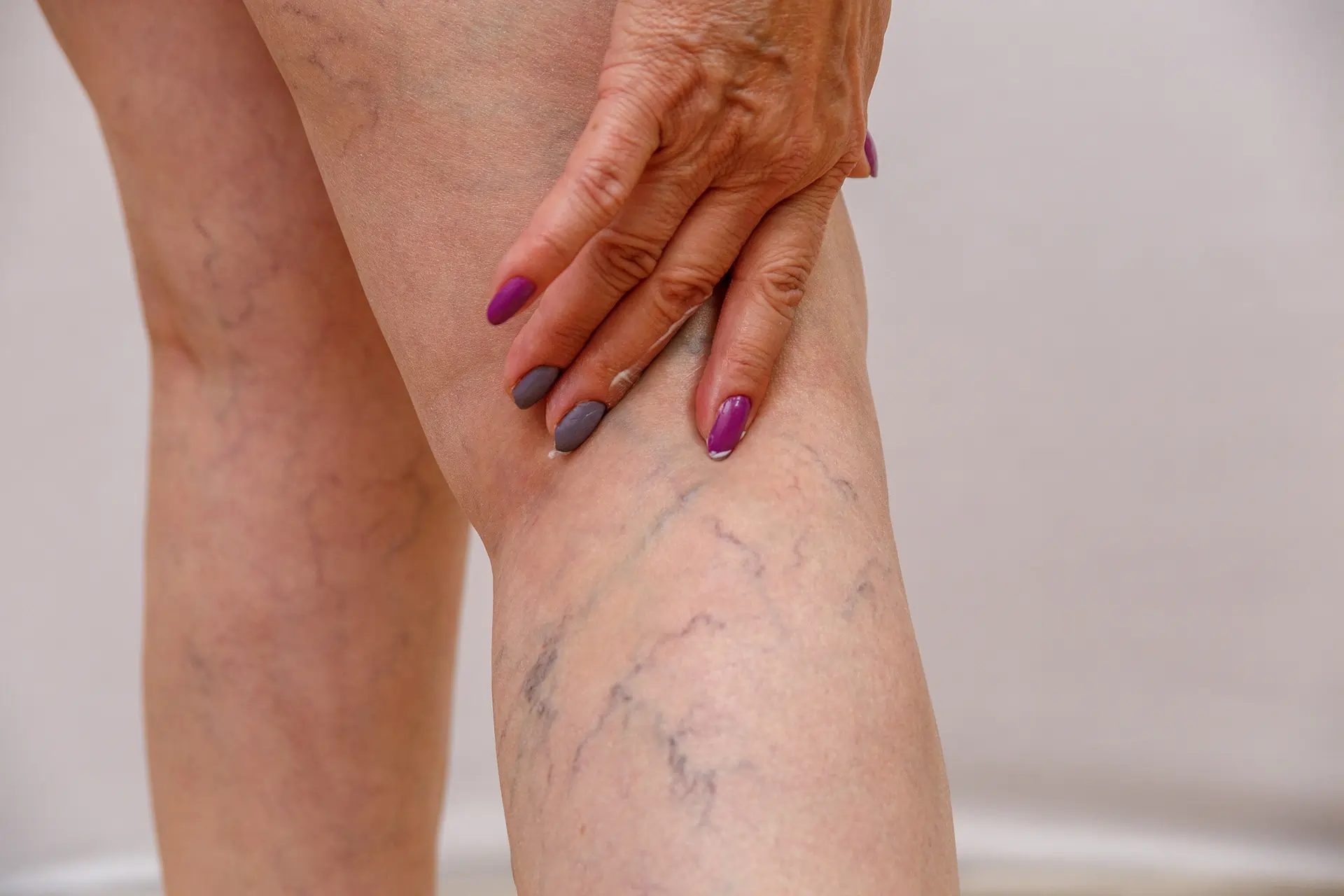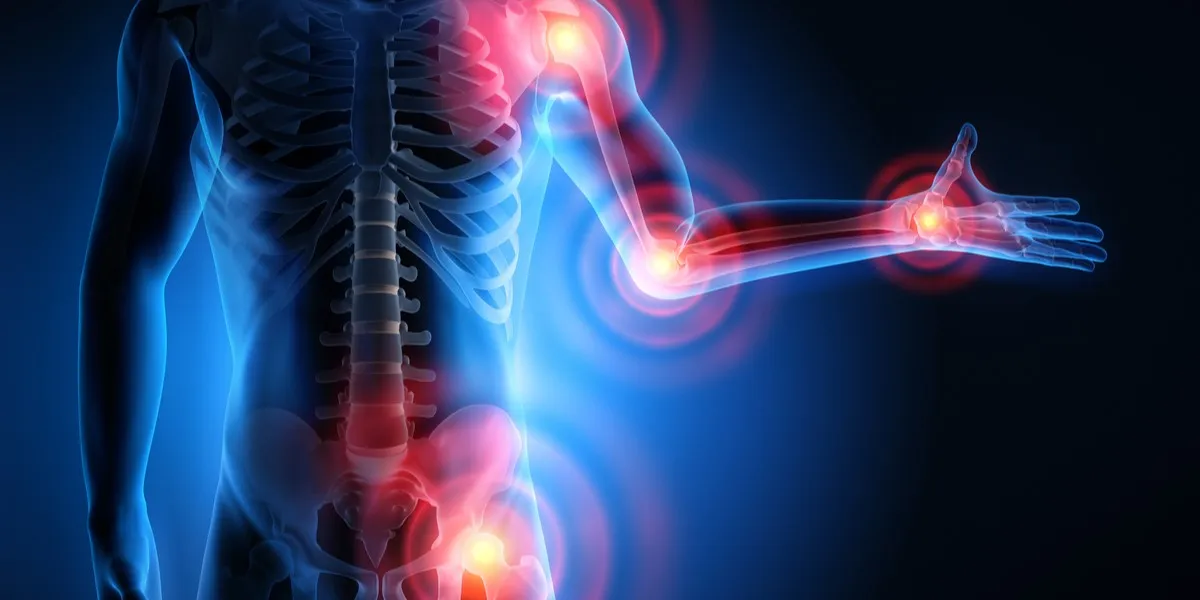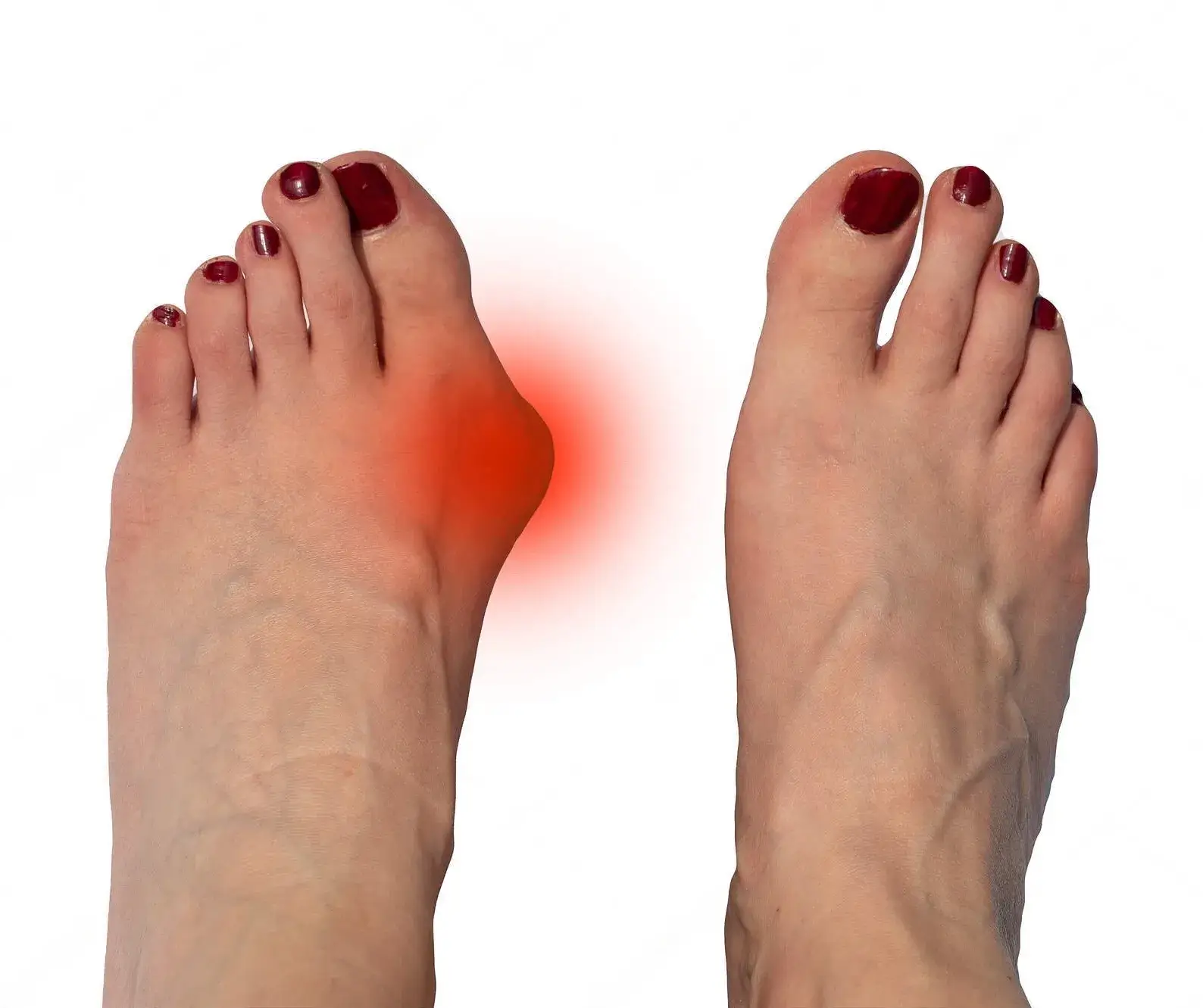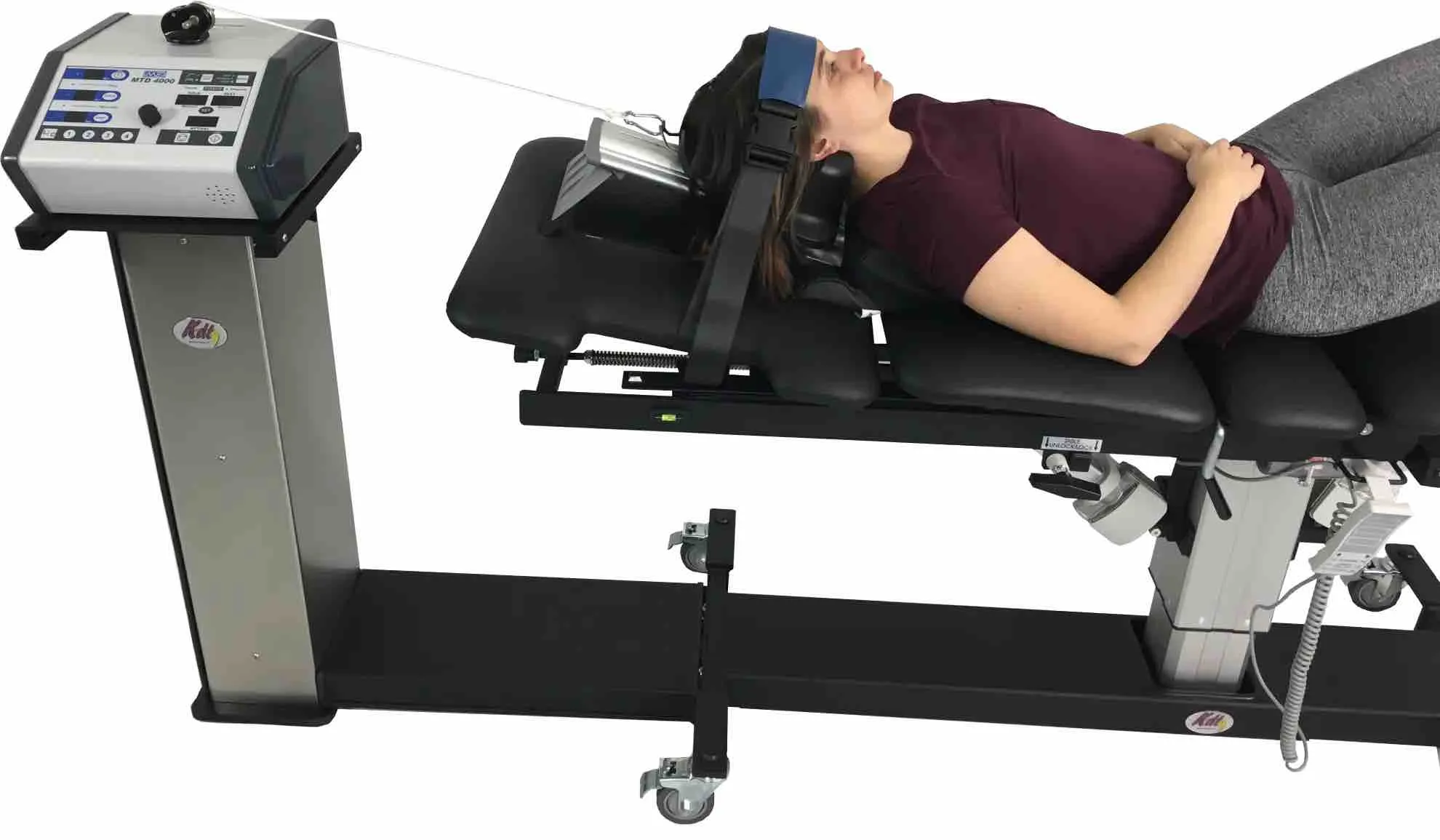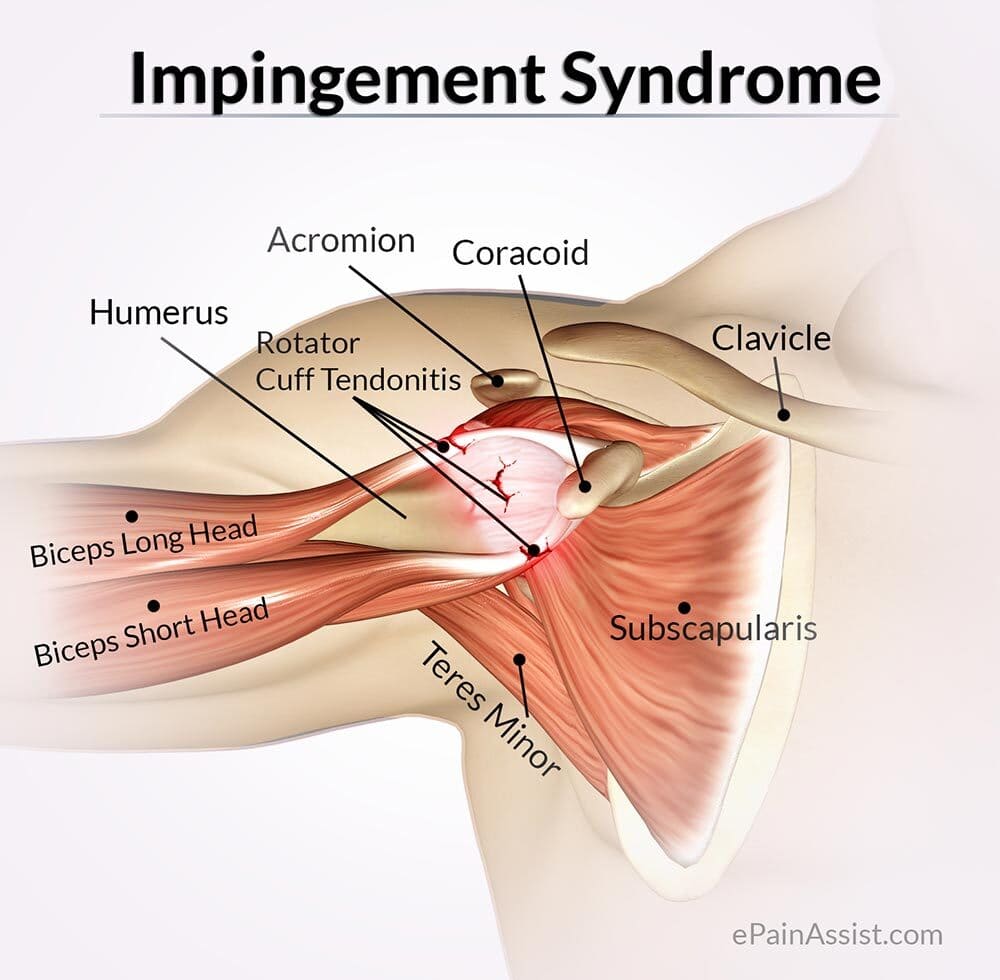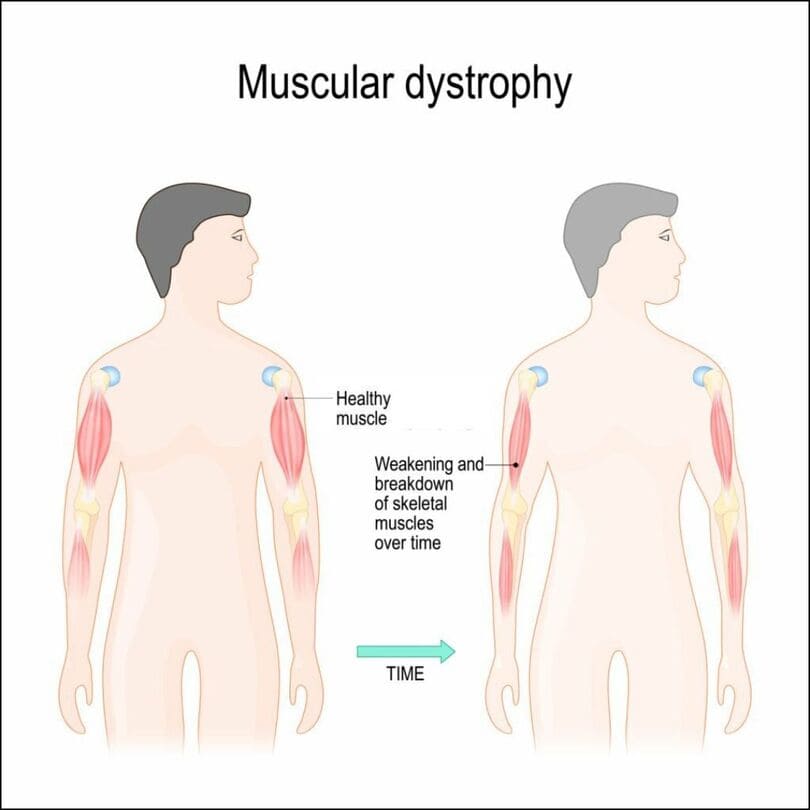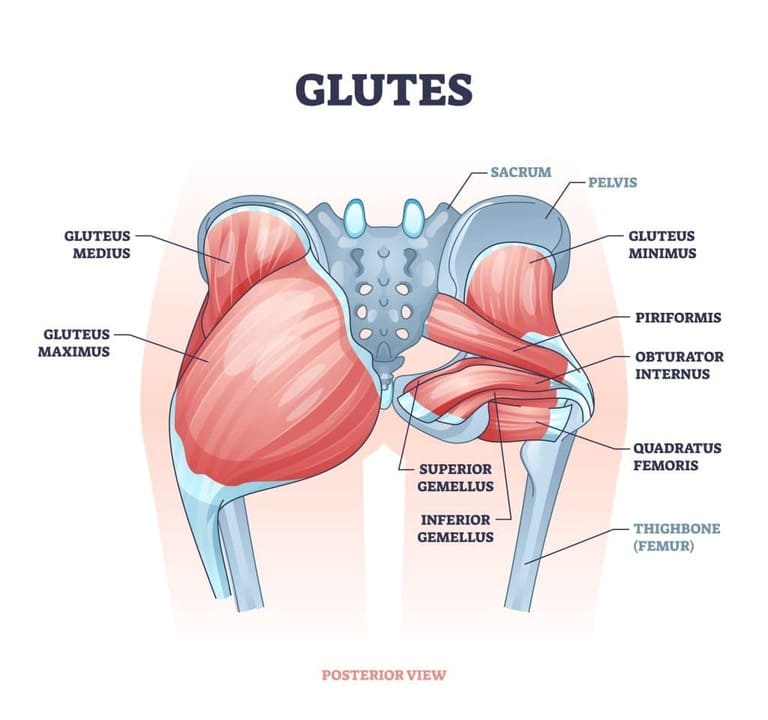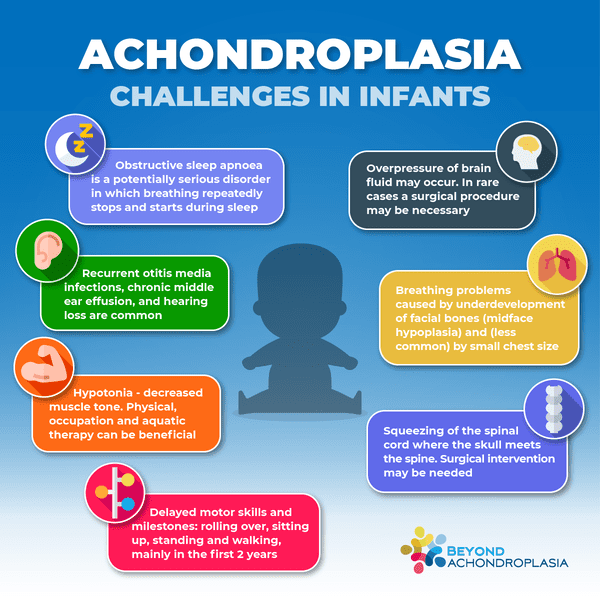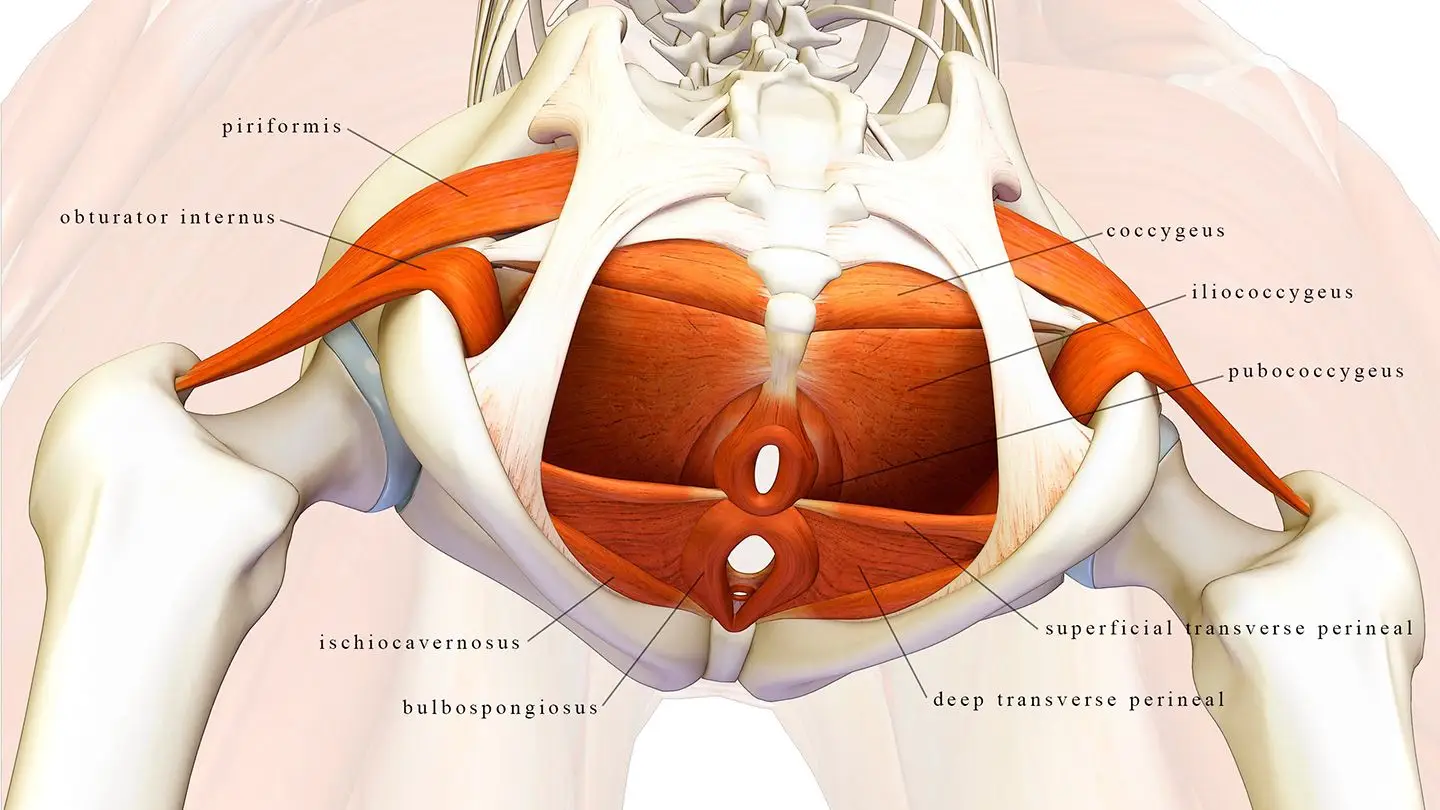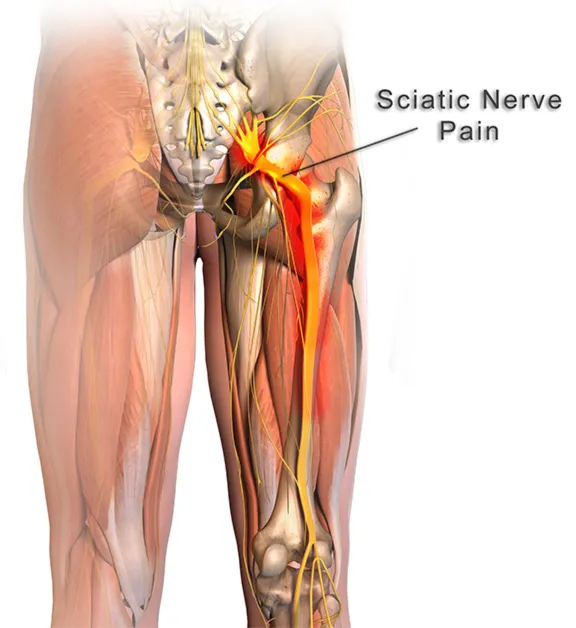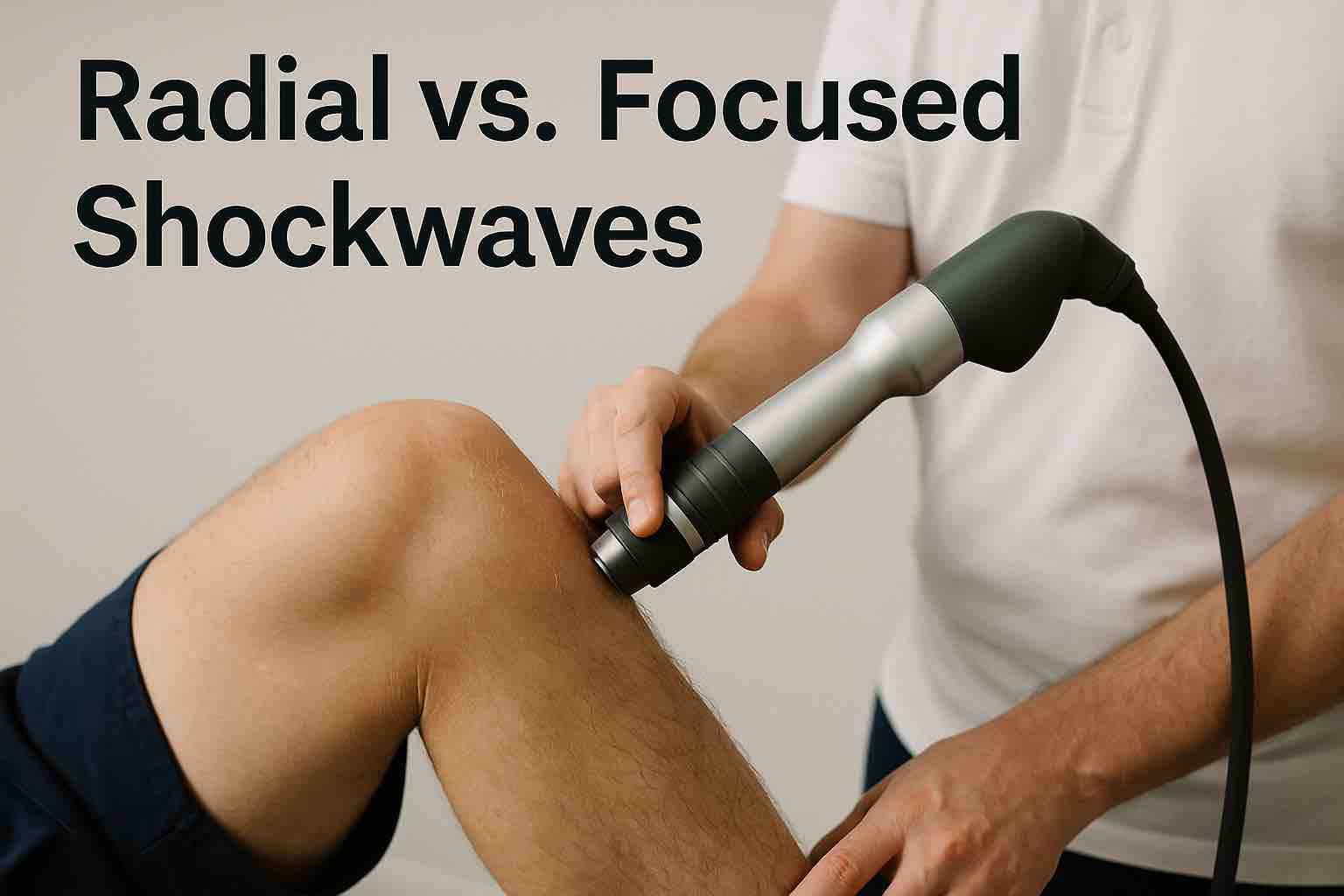
Shockwaves are transient pressure disturbances that propagate in three-dimensional space and have been widely used in medicine for decades. Their therapeutic effects stem from a biological process known as mechanotransduction—where mechanical pressure is converted into cellular signals that stimulate tissue repair and regeneration.
There are two main types of shockwave therapy used in clinical settings: Radial Pressure Waves (RPW) and Focused Shockwaves (FSW). While both deliver mechanical energy to tissues, they differ significantly in their physical characteristics, method of generation, therapeutic depth, and clinical application.
Radial shockwaves are the most commonly used type, especially in musculoskeletal (MSK) clinics. These waves are dispersed over a wider treatment area, making them ideal for superficial tissue conditions. Focused shockwaves, on the other hand, are gaining popularity due to their greater treatment depth, higher precision, and increased patient comfort, especially in acute or deep-seated conditions.
Radial Shockwave Therapy (Radial Pressure Waves)
Radial shockwave therapy (also called radial pressure wave or “soft shockwave” therapy) uses acoustic pulses to stimulate healing in superficial musculoskeletal tissues. Unlike focused shockwaves, radial waves spread outward and dissipate quickly; they are generated by a pneumatic device that fires a tiny projectile at a metal tip (transmitter) against the skin. The impact creates a pressure wave that travels radially through the tissue. Each pulse actually contains ultrasonic, acoustic, and slow shear-wave components, with maximum energy at the applicator tip and rapid decay with depth. As a result, radial shockwaves penetrate only a few centimeters (~3–4 cm) and are ideal for treating superficial structures.
Mechanism and Wave Characteristics: Radial waves are low-energy, slow-rising impulses that cover a broad area rather than a tight focal point. Key features include:
- Penetration depth: ~3–4 cm (shallow).
- Energy distribution: Peak pressure at the skin contact tip, tapering off quickly as it travels.
- Pulse composition: A combination of ultrasonic pulses, audio-acoustic pulses, and slow shear waves.
- Coverage: Spreads laterally to treat a larger area (unlike focused waves which converge on a small spot).
- Intensity: Lower maximum intensity and energy density than focused shockwaves.
Devices often offer different applicator heads (“transmitters”) (e.g. small metal tips or larger vibrating discs) to adjust the treatment area. For example, specialized tips (9 mm, 15 mm, 20 mm) may be used for pinpoint vs. broader myofascial treatment, mobilizing tissue layers and helping release muscle trigger points and adhesions.
Indications and Uses
Because of its superficial action, radial shockwave therapy is used for many chronic soft-tissue injuries. Common indications include:
- Plantar fasciitis (heel pain) – chronic inflammation of the plantar fascia at the calcaneus.
- Lateral epicondylitis (tennis elbow) – chronic tendon overuse at the elbow.
- Achilles tendinopathy – chronic pain of the Achilles tendon.
- Patellar tendinopathy (jumper’s knee) – chronic knee tendon injury.
- Carpal tunnel syndrome – mild-to-moderate median nerve entrapment in the wrist.
- Iliotibial band syndrome (runner’s knee) – chronic pain at the lateral knee.
- Muscle trigger points and spasms – myofascial pain and knots.
- Superficial fracture nonunions (pseudoarthrosis) – delayed or non-healing fractures of bones near the surface.
Clinical studies support many of these uses. For example, ESWT (radial and focused) is recognized for conditions like plantar fasciitis and epicondylitis, and recent trials show radial shockwaves significantly improve symptoms in Achilles tendinopathy and carpal tunnel syndrome. The therapy can also help break up fascial adhesions and trigger points, assisting in myofascial release and muscle recovery.
Clinical Evidence and Outcomes
Clinical research has found radial shockwave therapy to be generally safe and beneficial. In chronic plantar fasciitis, patients receiving radial ESWT reported significant pain reduction and improved function. In fact, one study noted that while both shockwave and exercise-based therapies led to long-term pain relief, radial shockwave produced faster pain improvement. Similarly, a trial in carpal tunnel syndrome showed that adding radial shockwave to standard physiotherapy yielded greater and longer-lasting symptom relief than physiotherapy alone. For chronic tendon injuries like Achilles tendinopathy, a systematic review concluded that ESWT (including radial type) is a “safe and effective modality” that reduces pain and enhances function.
One retrospective series on bone nonunions (pseudoarthrosis) found that radial ESWT achieved radiographic healing in about 73% of superficial long-bone nonunions within six months – a success rate comparable to focused shockwave reports. Importantly, complications were minimal. Across trials, radial shockwave therapy had virtually no serious side effects; patients typically tolerate it well with just mild transient discomfort.
Key Points
- Radial shockwaves are generated pneumatically (projectile-driven) and deliver energy superficially, making them suited for heel, elbow, knee and similar conditions.
- The therapy covers a larger area with lower-intensity pulses, in contrast to focused ESWT which penetrates deeper.
- It is commonly used for tendinopathies (plantar fascia, Achilles, patellar, elbow), nerve entrapments (carpal tunnel), and soft tissue pain (trigger points, myofascial pain).
- Evidence shows radial ESWT can significantly reduce chronic pain and speed recovery when added to standard care.
- Treatments are non-invasive and usually well tolerated, with very few adverse effects reported.
In summary, radial (pressure wave) shockwave therapy provides a safe, non-surgical option for chronic superficial musculoskeletal injuries. Its energy is concentrated near the skin, so it excels in conditions like plantar fasciitis, tennis elbow, Achilles tendinopathy, and other tendon or fascial problems. Clinical studies support its use for improving pain and function in these disorders. As technology advances, radial shockwave remains a valuable tool in the rehabilitation of stubborn soft-tissue injuries.
Focused Shockwave Therapy: Mechanisms, Effects
Focused shockwave therapy (FSWT) delivers high-energy acoustic pulses to a precise target within the body. Unlike radial shockwaves (which spread broadly and weaken with depth), focused shockwaves converge on a small Focal point several centimeters below the skin. This allows deep tissues (even near bone) to receive maximum energy, with minimal impact on overlying skin. For example, modern devices can reach depths up to about 12 cm depending on the handpiece. Clinicians often use focused waves for deep or hardened pathologies (like calcifications, bone non-unions, or deep trigger points) that do not respond well to superficial therapy.
Thanks for confirming! I’ll create an SEO-optimized educational article on focused shockwave therapy, combining all provided content. The piece will highlight the mechanism, characteristics, clinical indications, and benefits—targeted for a blog or patient-education webpage. I’ll share the draft shortly.
Physical Characteristics
- Small Focal Zone, High Energy: Focused waves concentrate energy into a tight region. This gives them a high energy flux density and the ability to penetrate deeply, with almost all the energy released at the target depth.
- Adjustable Depth: Clinicians can vary the focus depth by changing the device settings or using standoff cushions. Increasing the power or adding spacers moves the focal zone deeper into the tissue.
- Rapid Impulse: Each shock arrives in microseconds. In fact, shockwave pressure rises in about 5 nanoseconds and can reach tens of megapascals, then drops below ambient pressure. This fast rise time and high peak distinguish shockwaves from ordinary ultrasound.
Biological Effects of Focused Shockwaves
Focused shockwaves induce a range of biological responses that aid healing and pain relief. Key effects include:
- Enhanced Circulation: The strong pressure pulse causes vasodilation and micro-trauma that boosts blood flow and lymphatic drainage in the treated area. Increased perfusion helps deliver nutrients and clear metabolic waste.
- Cell Membrane Permeability: Shockwaves temporarily increase cell membrane porosity, which can improve uptake of nutrients and signaling molecules (a phenomenon called “sonoporation”).
- Release of Growth Factors: Numerous studies show that ESWT stimulates the release of growth factors (for example, TGF-β1 and IGF-1) from tenocytes and other cells. These factors promote collagen synthesis, cell proliferation, and tissue regeneration in tendons and bone.
- Nitric Oxide (NO) Production: Shockwaves trigger local NO release, which is a potent vasodilator and signaling molecule. NO promotes angiogenesis (new blood vessel growth) and has anti-inflammatory effects. Even low–moderate energy shocks can significantly increase NO around the target tissue.
- Pain Modulation: Shockwave therapy has analgesic effects. It is thought to reduce pain by altering pain-transmitting neuropeptides (such as Substance P and CGRP) in peripheral nerves, and by activating descending inhibitory pathways (endorphin release). Animal studies have demonstrated a decrease in Substance P levels and nerve fiber changes after FSWT. Clinically, patients often experience rapid pain relief during or after treatment.
Together, these effects – improved blood flow, growth factor release, and neuromodulation – accelerate tissue healing and reduce chronic pain. For example, a recent review notes that ESWT promotes protein biosynthesis, angiogenesis, and anti-inflammatory responses at the cellular level.
Indications and Uses
Focused shockwave therapy is used for a variety of musculoskeletal and soft tissue conditions, especially those involving deep or recalcitrant lesions. Common indications include:
- Tendinopathies and Enthesopathies: Chronic tendon injuries such as Achilles tendinopathy, patellar (jumper’s) tendonitis, tennis elbow (lateral epicondylitis), and shoulder calcific tendonitis. Shockwaves can break up calcifications and stimulate tendon repair.
- Plantar Fasciitis and Heel Spurs: Deep heel pain often responds well to FSW, reaching plantar fascia tissue several centimeters below the skin.
- Stress Fractures and Non-Unions: Bone injuries like stress fractures, delayed unions, or non-healing fractures (including tibial and metatarsal) can be accelerated by focused shockwaves. The deep penetration and high energy help stimulate bone remodeling and union.
- Osteonecrosis (Avascular Necrosis): Early-stage osteonecrosis of the femoral head or other bones can be treated by FSWT, which promotes revascularization and bone repair.
- Joint and Soft Tissue Pain: Conditions such as frozen shoulder, chronic bursitis, osteoarthritis pain, and deep muscle trigger points have seen benefit. For example, trochanteric (hip) bursitis and shoulder pains have shown improvement.
- Chronic Wounds and Scars: FSWT can enhance healing of chronic ulcers (e.g., diabetic foot ulcers) and improve scar tissue by boosting blood flow and growth factors.
- Urological/Genitourinary: Focused shockwave therapy is FDA-cleared for erectile dysfunction and has been used for Peyronie’s disease. Clinical trials report significant pain reduction and improved erectile function in PD patients treated with FSWT.
What do radial shockwaves and focused shockwaves have in common?
Many therapists use combined therapy: applying radial shockwaves for large, superficial areas and focused shocks to target the specific deep source of pain. Recent research suggests that combining radial and focused ESWT can yield excellent outcomes – for example, a 2024 study found high success rates (over 80%) using combined therapy for chronic hip tendinopathy.
Shockwave treatment uses powerful sound waves passed through the skin to trigger the body’s natural healing processes and ease pain. There are two main kinds: **radial shockwave therapy** and **focused shockwave therapy**. Radial shockwave therapy emits waves that spread out broadly and work on a wide, relatively shallow area (around 3–4 cm deep), whereas focused shockwave therapy sends a tight, high-energy wave into a much deeper spot (up to about 12 cm deep). Despite this difference in depth, both types work in very similar ways once they reach the tissue: they boost blood flow and reduce swelling at the injury site, which helps damaged cells heal and cuts down on pain. For example, the shockwaves cause release of nitric oxide and growth factors that promote new blood-vessel growth (angiogenesis) and tissue repair, and they help modulate pain by affecting pain-signaling substances like substance P. In practice, both radial and focused shockwave therapies have shown excellent results for conditions such as plantar fasciitis (heel pain), tendon injuries like tennis elbow or Achilles tendinitis, and even in aiding bone healing after fractures. In short, the main practical difference is that focused waves reach deeper and are more intense, while radial waves treat a larger shallow area, but both shockwave treatments rely on the same healing processes and can provide strong pain relief and recovery depending on the problem.
Advanced Shockwave Therapy in Richmond Hill at York Rehab Clinic
At York Rehab Clinic in Richmond Hill, we’re proud to offer both radial shockwave therapy and focused shockwave therapy as part of our comprehensive pain-management services. Whether you’re struggling with plantar fasciitis, tennis elbow, Achilles or patellar tendinopathy, stress fractures, chronic bursitis, frozen shoulder, erectile dysfunction, or any other soft-tissue or bone-healing concern, our state-of-the-art shockwave treatments are tailored to your needs. Using gentle radial waves for superficial pain and precise focused waves for deeper issues, our experienced therapists create a personalized plan that maximizes healing, reduces inflammation, and restores function. Ready to experience lasting relief? Contact York Rehab Clinic today to schedule your shockwave therapy consultation in Richmond Hill and take the first step toward a pain-free life.
